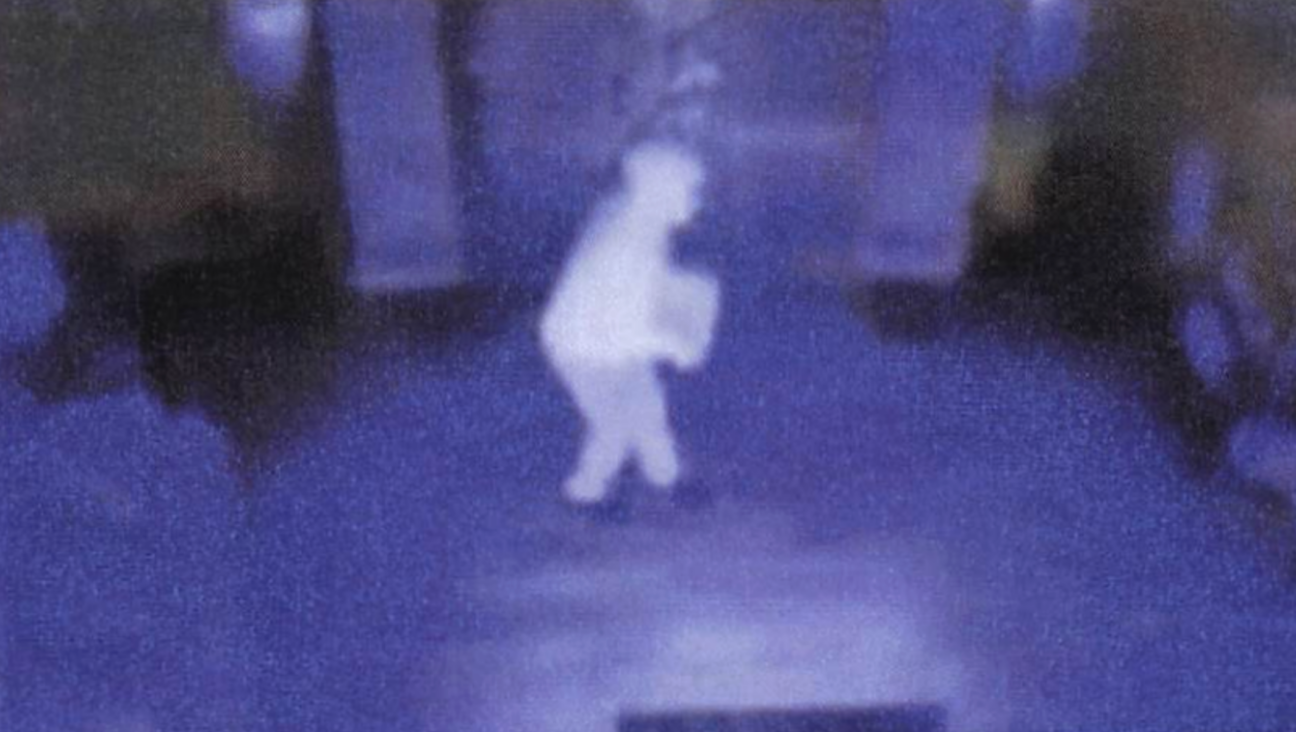Rewriting the Script on Reagan: Why the President Ignored AIDS
For the last two months I’ve been teaching a course titled “Plagues and Politics: The Impact of AIDS on U.S. Culture” at Dartmouth College, and have spent an enormous amount of time thinking about the AIDS pandemic. So when the political flap over the historical accuracy of “The Reagans” — the CBS miniseries on the lives and White House years of Ronald and Nancy Reagan that was pulled from the network’s lineup and dumped on its sister cable outlet, Showtime — hit the headlines, I was intrigued to see that one of the main complaints against the series was that the original script accused President Reagan of religious intolerance and prejudice against homosexuals. In a scene in which Nancy Reagan asks her husband to do something to help people with AIDS, he responds by answering, “Those who live in sin shall die in sin.”
Elizabeth Egloff, who authored the script, has conceded that Reagan’s answer is a fictionalized invention, and indeed, Reagan rarely employed religious sentiments or metaphors in political situations. The show’s critics have made a strong, salient point: Having Reagan use the language of conservative Christianity to explain why he and his administration did almost nothing for the first seven years of the AIDS epidemic is historically irresponsible and highly misleading.
From everything that we can ascertain from the historical record, Reagan’s religious background, feelings or beliefs had nothing to do with the political response to the AIDS epidemic. Rather, his appalling lack of leadership and vision — which led directly to enormous setbacks for HIV/AIDS research, discrimination against people with AIDS and the lack of any comprehensive outreach for prevention or education work, thus adding to the already-staggering tally of deaths — was a product of indifference, disdain, self-imposed ignorance and a political capitulation to the rising wave of a new, staunchly reactionary and religious Republican constituency that was to reshape not only the party but the state of American politics.
As we read about and discuss the history of the American AIDS epidemic in class, my students — all Reagan babies, born between 1981 and 1985 — are often dumbfounded when faced with simple facts. Although AIDS was first reported in the medical and popular press in 1981, it was only in October 1987 that Reagan publicly spoke about the epidemic. By the end of that year 59,572 AIDS cases had been reported and 27,909 of those women and men had died. How could this happen, they ask? Didn’t he see that this was an ever-expanding epidemic? How could he not say anything? Do anything?
But the public scandal over the Reagan administration’s reaction to AIDS is complex and goes much deeper, far beyond the commander in chief’s refusal to speak out about the epidemic. Reagan understood that a great deal of his power resided in a broad base of born-again Christian Republican conservatives who embraced a deeply reactionary social agenda of which a virulent, demonizing homophobia was a central tenet. In the media, men such as Pat Robertson and Jerry Falwell articulated these sentiments that portrayed gay people as diseased sinners and promoted the idea that AIDS was a punishment from God and that the gay rights movement had to be stopped. In the Republican Party, zealous right-wingers such as Rep. William Dannemeyer of California and Senator Jesse Helms of North Carolina hammered home this message. In the Reagan White House, people such as Secretary of Education William Bennett and Gary Bauer, Reagan’s domestic policy adviser, worked to enact it in the administration’s policies.
What did this mean in practical terms? Most importantly, AIDS research was chronically under-funded. When doctors at the Centers for Disease Control and the National Institutes of Health asked for more funding for their work on AIDS, they were routinely denied it. Between June 1981 and May 1982 the CDC spent less than $1 million on AIDS and $9 million on Legionnaire’s Disease. At that point more than 1,000 of the 2,000 reported AIDS cases resulted in death; there were fewer than 50 deaths from Legionnaire’s Disease. This drastic lack of funding would continue throughout the Reagan years.
When health and support groups in the gay community were beginning to initiate education and prevention programs, they were denied federal funding. In October 1987 Helms amended a federal appropriations bill to prohibit AIDS education efforts that “encourage or promote homosexual activity” — that is, efforts that tell gay men how to have safe sex.
When almost all medical experts spoke out against mandatory HIV testing — since it would drive those at risk away from being tested — and groups such as the American Civil Liberties Union and Lambda Legal Defense Fund were attempting to combat discrimination against people with HIV/AIDS, Republicans such as Vice President George Bush in 1987 and Dannemeyer (in a California state referendum) in 1988 called for mandatory HIV testing.
Throughout all of this Reagan said nothing and did nothing. When Rock Hudson, a friend and colleague of the Reagans, was diagnosed with AIDS and died in 1985 (one of the 20,740 cases reported that year), Reagan still did not speak out as president. When family friend William F. Buckley, in a March 18, 1986, New York Times opinion article, called for mandatory testing for HIV and said that HIV-positive gay men should have this information forcibly tattooed on their buttocks (and IV-drug users on their arms) Reagan said nothing. In 1986 (after five years of complete silence), when Surgeon General C. Everett Koop released a report calling for AIDS education in schools, Bennett and Bauer did everything possible to undercut and prevent funding for Koop’s too-little-too-late initiative. Reagan, again, said and did nothing. By the end of 1986, 37,061 AIDS cases had been reported; 16,301 people had died.
My students ask me how all of this could have happened. They are all smart, they understand politics, they understand the fear of AIDS, they understand how complicated — and confusing — history and life can be. But they cannot understand such indifference, even when politically motivated. I told one of my students that the most memorable Reagan AIDS moment for me was at the 1986 centenary rededication of the Statue of Liberty. The Reagans were there sitting next to French President Francois Mitterand and his wife, Danielle. Bob Hope was on stage entertaining the all-star audience. In the middle of a series of one-liners Hope quipped, “I just heard that the Statue of Liberty has AIDS but she doesn’t know if she got it from the mouth of the Hudson or the Staten Island Fairy.” As the television camera panned the audience, the Mitterands looked appalled. The Reagans were laughing. By the end of 1989 and the Reagan years, 115,786 women and men had been diagnosed with AIDS in the United States, and more than 70,000 of them had died.
The protests against “The Reagans” are really nothing more than a political sideshow with conservatives flexing their muscles (and threatening an economic boycott) to protect their own version of history. The genre of the television miniseries, even one based in contemporary history, is by its nature a project of interpretation — a fact that seems to have escaped the protesters. But the irony is that portraying Reagan as being anti-gay because of his religious convictions, while wrong, is, in fact, the kind interpretation. Looking at history it is clear that Reagan’s inaction during the first decade of the AIDS epidemic was due to indifference, emotional callousness and greed for political power. In the end I agree with those who protest “The Reagans” — CBS should have told us the truth.
















